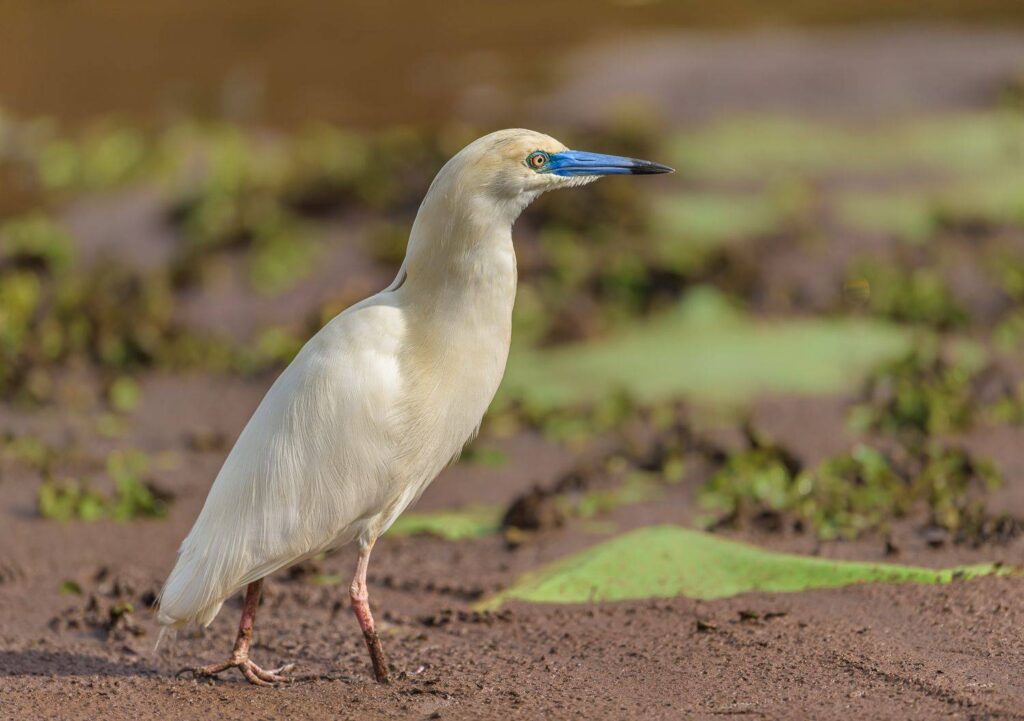Mwea National Reserve
Mwea National Reserve: Mwea National Reserve is known as an unexplored haven of peace and quiet, mastering the essentials of leisure, which primarily include calm and peace. This reserve is intact, pure, and unexplored. In a stunning setting, it is a haven of peace and quiet. It is eagerly depicted on a parchment canvas with acacia and dusty, arid bush, stricken with bulbous baobab trees, and crossed by raging seasonal rivers.

The main features of the environment, which supports a variety of biodiversity, are the hydroelectric dams at Kambura and Masinga and the meeting place of the Tana and Thiba rivers. Furthermore, the national reserve is well-known for its uncommon birds, of which it waders and shelters a variety. The white-backed night heron and the Pel’ fishing owl are two other endangered species. The only protected area where the globally endangered and Kenya-endemic Hinde’s Babber may be found is Mwea National Reserve.
For those looking for peace, quiet, and solitude, Mwea National Reserve is a fantastic destination. Visitors who appreciate isolation and introspection want to immerse themselves in the sights and sounds that nature has to offer. More than 200 bird species have been identified there. The reserve includes two tiny islands and is an aquatic invasion of the Tana and Thiba rivers. There are many hippopotamuses living there.
With a total size of roughly 42 square kilometers, this national reserve is among the smallest in Kenya. It was designated as a national reserve in 1975. It is roughly 180 kilometers away from Nairobi.

The Nile crocodile, hippo, burchell’s zebra, giraffe, leopard, buffalo, black-backed jackal, bushbuck, waterbuck, olive baboon, and lesser kudu are among the wildlife species. Rock hyrax, bush pig, impala, hartebeest, spotted hyena, serval cat warthog, and Sykes’ monkey. Gener cats, black-backed jackals, and yellow baboons are among the uncommon creatures that can be seen at Mwea.
Birdlife: With more than 200 kinds of birds, the reserve is a birder’s paradise. Mwea is particularly well-known for its waders and water birds. The Hinde’s babbler, which is endemic to Kenya and internationally vulnerable, is only found in Mwea, a protected region. The white-backed night heron and Pel’s fishing owl, two other endangered species, are also found there.
Boat excursions at Kamburu Dam, the hippo point, and the walking circuit are other sights to view.

Mwea National Reserve activities
Among them are game and bird watching.
game watching
Numerous animal species, such as zebras, buffaloes, African elephants, impalas, lesser kudu, Nile crocodiles, bush pigs, giraffes, Skye monkeys, warthogs, hartebeest, and more, can be seen in the reserve.
Tourists who appreciate the untamed nature and night fires, as well as the sounds of animals and birds in the early morning, can camp in the reserve in a safe and comfortable environment. Among the various campsites in the reserve are Silverster, Mavuria, Hippo-point, Kanyanga, Githechu, and Mbogo campgrounds.

Taking a boat ride
Boat rides at Kamburu Dam, where you can observe water birds, stunning scenery, and up-close views of hippos, are a favorite activity for visitors to Mwea.
Circuit for walking
With the help of tour guides, the reserve offers exhilarating walking pathways designed to reward your Kenya Safari walk with a gratifying view of the surrounding animals.
Mwea National Reserve entrance fees;
To enter the reserve, an adult East African citizen who is considered a “foreign resident” must pay KSH300, while children must pay KSH125 each.
Adult non-residents should budget USD22, while children should budget USD13 per person.
Take note: Payment method for park admission: You can use the citizen government platform to pay for admission to any Kenyan park or reserve.
Lodging at the National Reserve of Mwea
There are currently no lodges, tented camps, or self-catering lodging options available in Mwea National Reserve. There are lodges in the nearby towns. Masinga Lodge, situated at Masinga Dam outside the Reserve, is the most popular and close-by lodge. Additional lodges that provide ideal lodging in the reserve are Kanyanga Camp, Mbogo Camp, Hippo-point Camp, Kyangosi Camp, Mavuria Camp, Sylvester Camp, and Githechu Camp.
The ideal time to travel to Mwea
You can visit Mwea National Reserve at any time of year.
How to get there
By Road: It takes 160 kilometers from Nairobi to Thika, Matuu, and Masinga Dam. Between Makima Gate and Masinga Dam Bridge, a further 10 kilometers of dirt road, this route is surfaced up to the bridge. Another way to get there is by way of Embu-Machanaga.
By Air: If you don’t want to travel far, you can take a domestic aircraft to Masinga Airstrip, which is close to Masinga Lodge.



